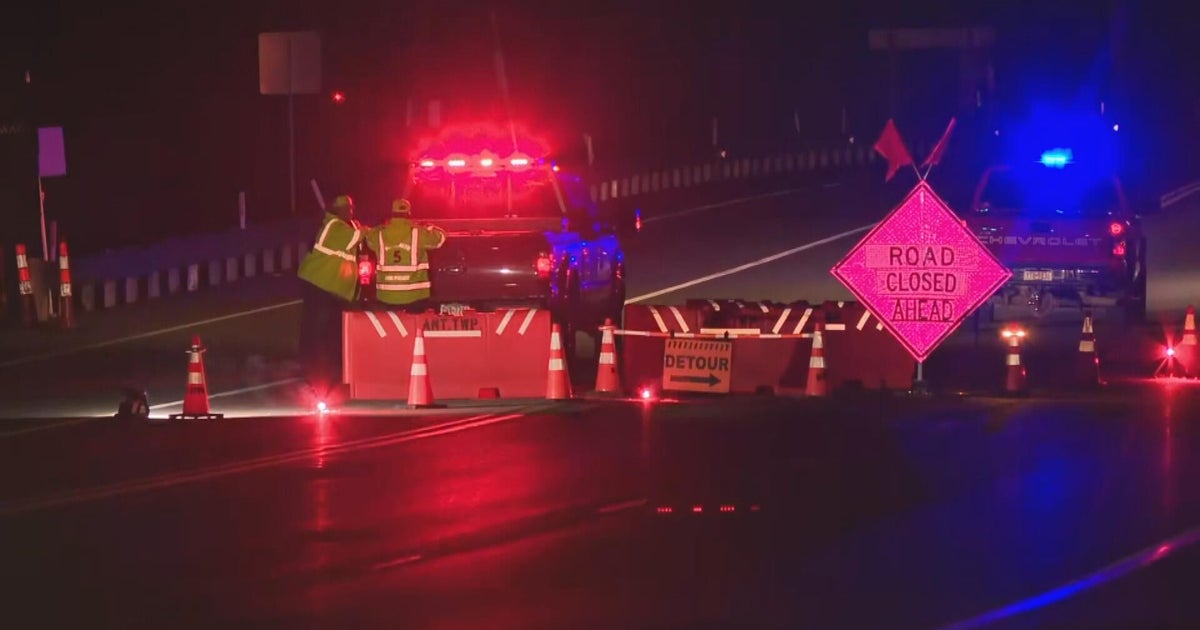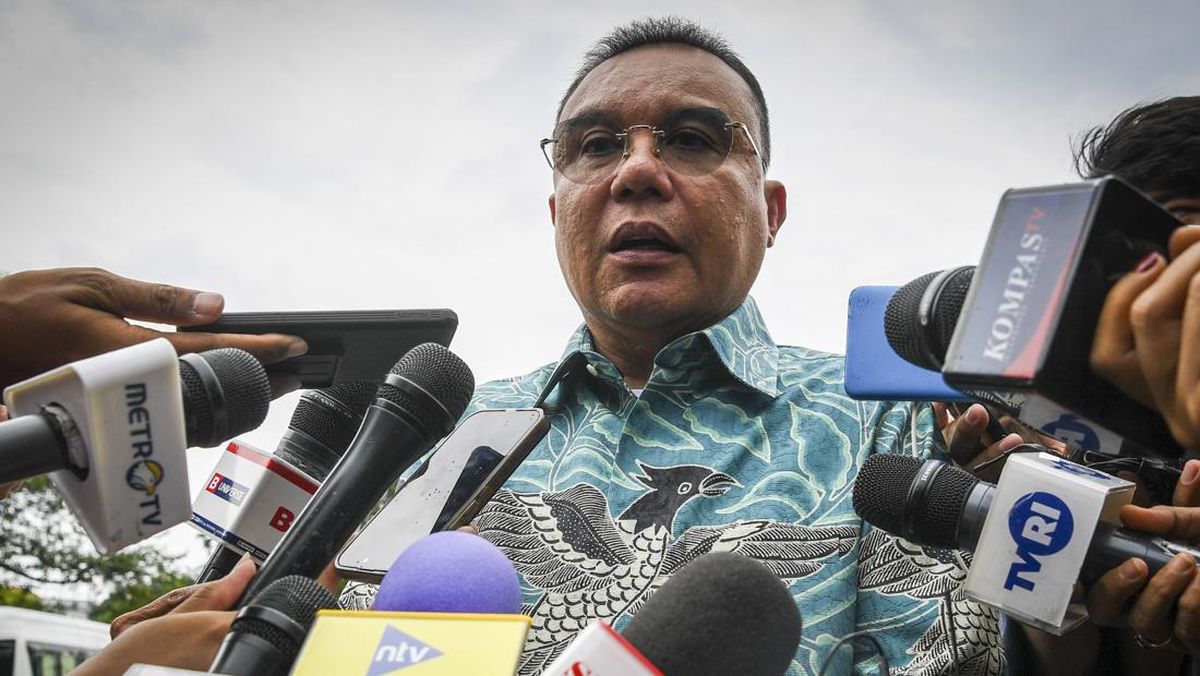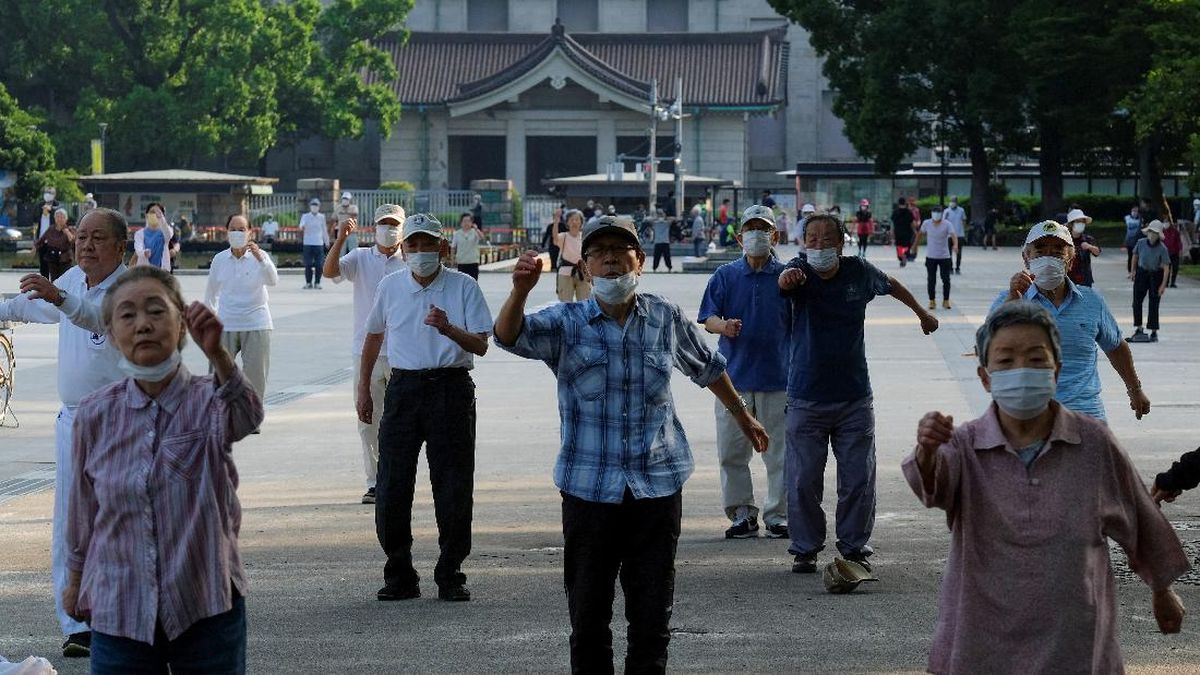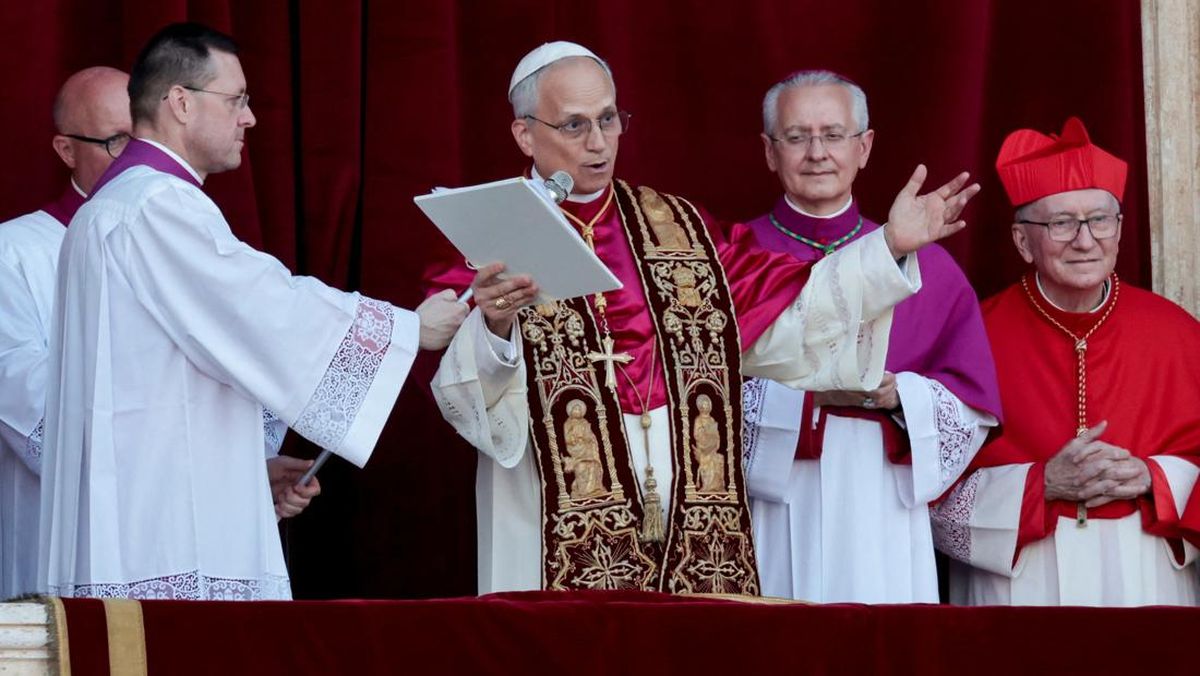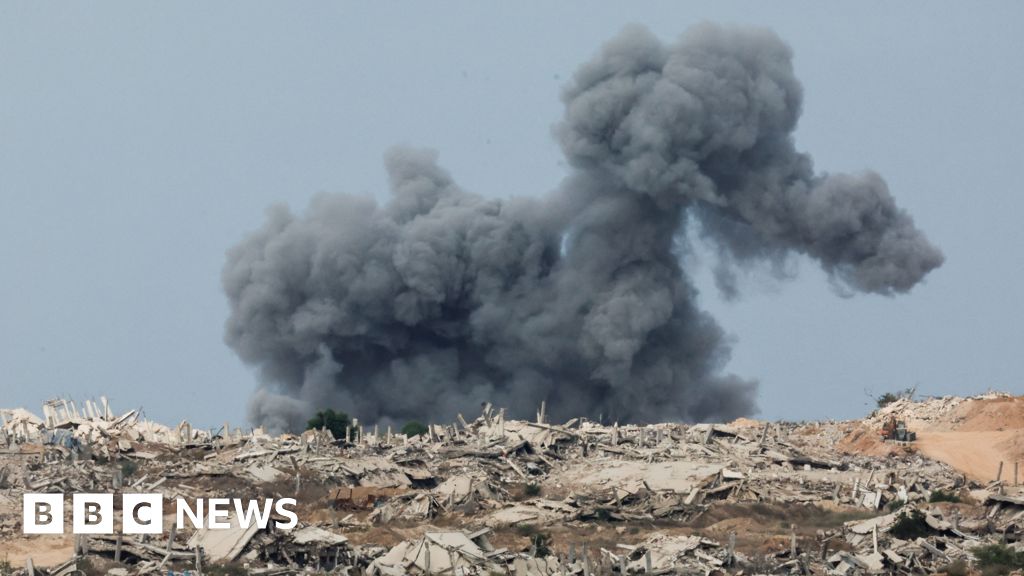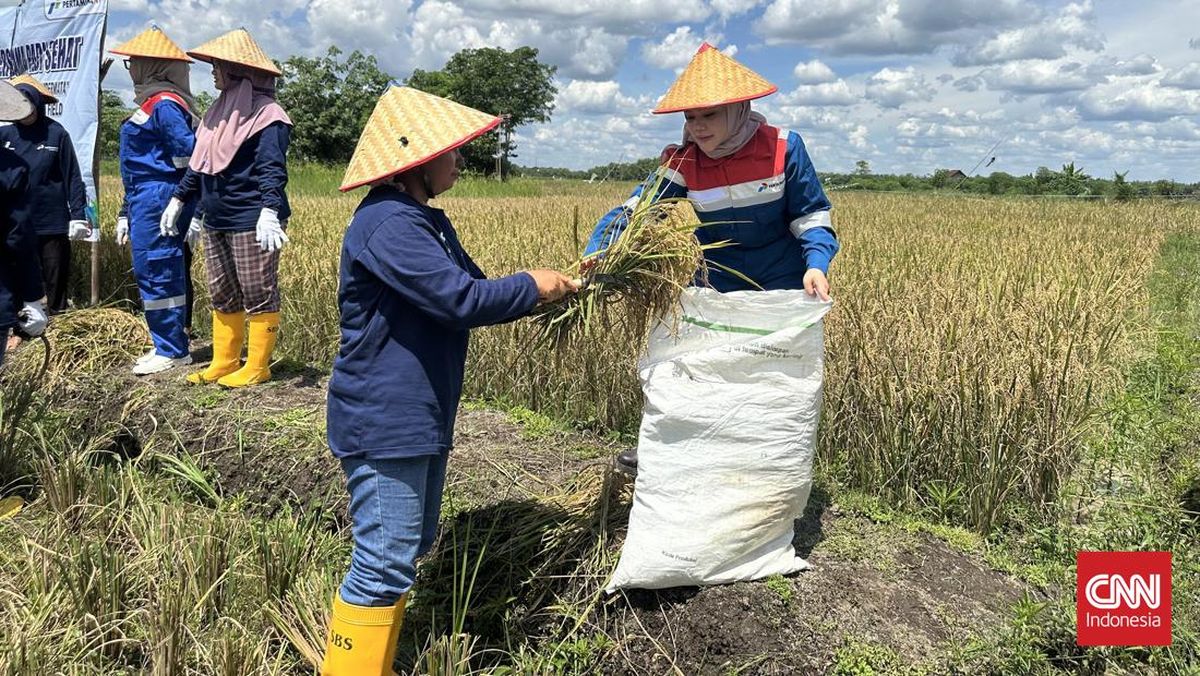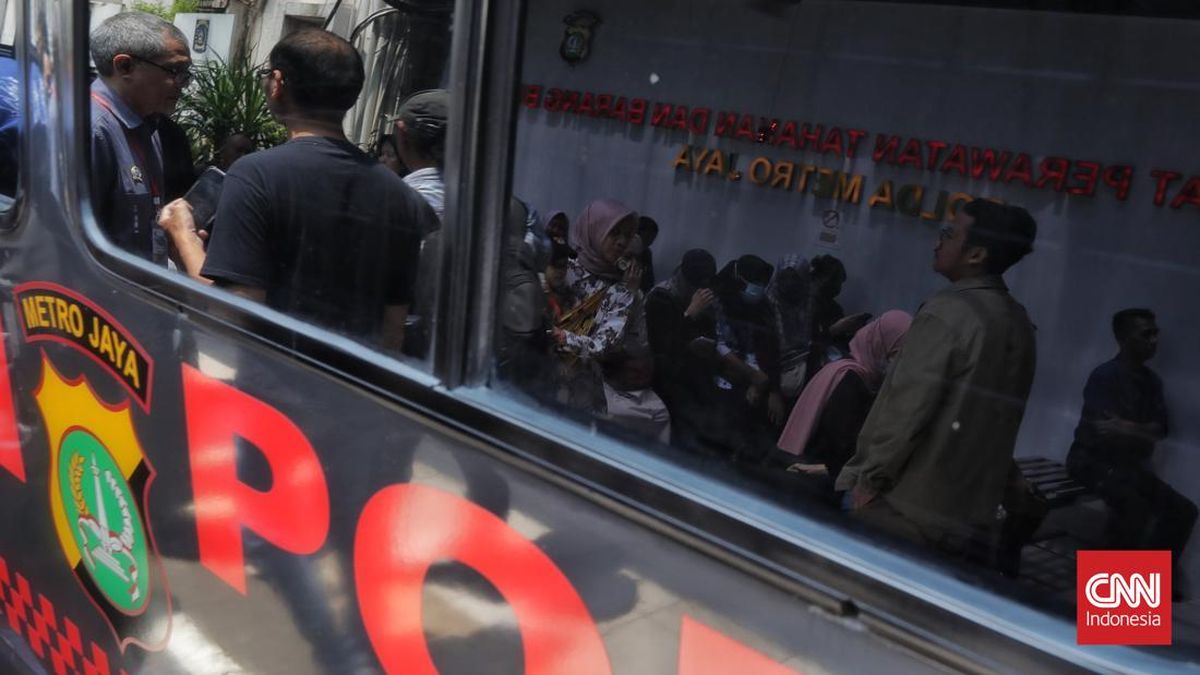Revealed: How long it will take to turn Woollahra into a train station housing hub
Ten thousand new homes planned to accompany a finished Woollahra train station would be “built and operational by 2051”, more than 26 years after they were announced, a departmental briefing note has revealed.
And internal chats show Transport for NSW bureaucrats were asked to pull together rail and road capacity modelling 72 hours before the NSW government said it would revive the eastern suburb’s half-built train station.

NSW Premier Chris Minns made the announcement about Woollahra station on August 24.Credit: Sitthixay Ditthavong
On August 24, Premier Chris Minns announced the “ghost” station at Woollahra abandoned in the 1970s would be revived and built by 2029, costing taxpayers $200 million. The heavy rail station would support the construction of thousands of new dwellings, Minns said.
A Transport for NSW Teams chat created just after 2pm on August 21 added the department’s chief transport planner and the director of land use, network and place planning.
About 5.30pm, Transport for NSW’s chief transport planner emailed the department’s deputy secretary for planning, integration and passenger with a “summary high-level assessment of growth due to 10,000 new dwellings” resulting from the Teams chat.
The briefing note said the population growth and additional station on the eastern suburbs’ T4 rail line would pose “no capacity issues on the network … in 2041 and not anticipated in 2051”. Morning peak road traffic would see uplifts of 20 per cent uplift along Oxford Street and 10 per cent on New South Head Road by 2051.
“Impacts on road capacity still underway. Existing road conditions indicate potential issues at the Ocean Street/ New South Head Road/Ocean Avenue intersection,” the email stated.
A briefing note titled “Edgecliff and Woollahra rezoning proposal” with a creation date of Friday, August 22, stated the 10,000 dwellings “converts to ~22,000 population increase” and “assume all built and operational by 2051”.
“Transport Planning are not aware of any existing studies to assess growth of this magnitude in the area,” the briefing stated. “The only known recent study undertaken in 2023-24 by Woollahra Council for the Edgecliff Commercial Centre assessed a significantly lower level of growth of only 490–615 dwellings.”
Just after 11am the following morning, a Transport bureaucrat messages saying Sydney Trains were “providing some notes on this from a rail perspective for the Premier’s Office … to get footage of the uncrowded train”.
Loading
The revelations are among internal Transport for NSW messages in a NSW parliamentary call for papers.
On Thursday, a NSW government spokeswoman said modelling had been undertaken “months prior” and was sufficient to give the green light for the announcement, but would not disclose when the analysis took place or what was modelled, citing cabinet confidentiality.
“Early modelling was undertaken months prior to the announcement which takes into account the number of existing dwellings, transport and other infrastructure capacity, the impact of changes to planning controls and feasibility of development,” she said.
“Investigations and technical studies are being undertaken following the announcement of the state-led rezoning, as is usual practice, including a transport plan, technical studies of infrastructure and servicing, traffic, open space and more.”
Land within 800 metres of the new station and 400 metres of Edgecliff would be rezoned for the new homes. In August, Minns agreed the dwellings would likely be delivered over 10 to 15 years.
Loading
Transport for NSW began high-level consideration of the cost of building the Woollahra station in late June 2024, emails show. An initial estimate characterised as “very rapid and preliminary” on June 28 put the cost “up to $140 million” with a potential dwelling yield between 90 and 150 apartments.
Eight days later, an email to Transport for NSW secretary Josh Murray said: “The cost estimate is conservative and doesn’t include contingency. For quoting I would put it at over $200m. Yield is low for housing.”
The plan came less than two years after the government defended not including Edgecliff in the initial tranche of transport-oriented development zones. Planning Minister Paul Scully explained the exclusion was because there was “limited sewer and water infrastructure” and a railway line operating at “high capacity”.
The T4 rail line from Bondi Junction to the city during AM peak hours reached 50 per cent of capacity, a Transport assessment stated. This meant there was “spare capacity … of 12,000 people in the peak hour” and could support “over 80,000 dwellings across Bondi Junction, Edgecliff and Kings Cross”.
A report commissioned by Minns and delivered by the Centre for International Economics found Woollahra was the most feasible of any council area for lifts in mid and high-density housing.
The announcement came three months after the much-hyped sale of Rosehill Racecourse to build a “mini-city” of 25,000 homes was rejected by Australian Turf Club members. Woollahra was one of several announcements considered as a “Plan B”.
Start the day with a summary of the day’s most important and interesting stories, analysis and insights. Sign up for our Morning Edition newsletter.
Most Viewed in Politics
Loading




